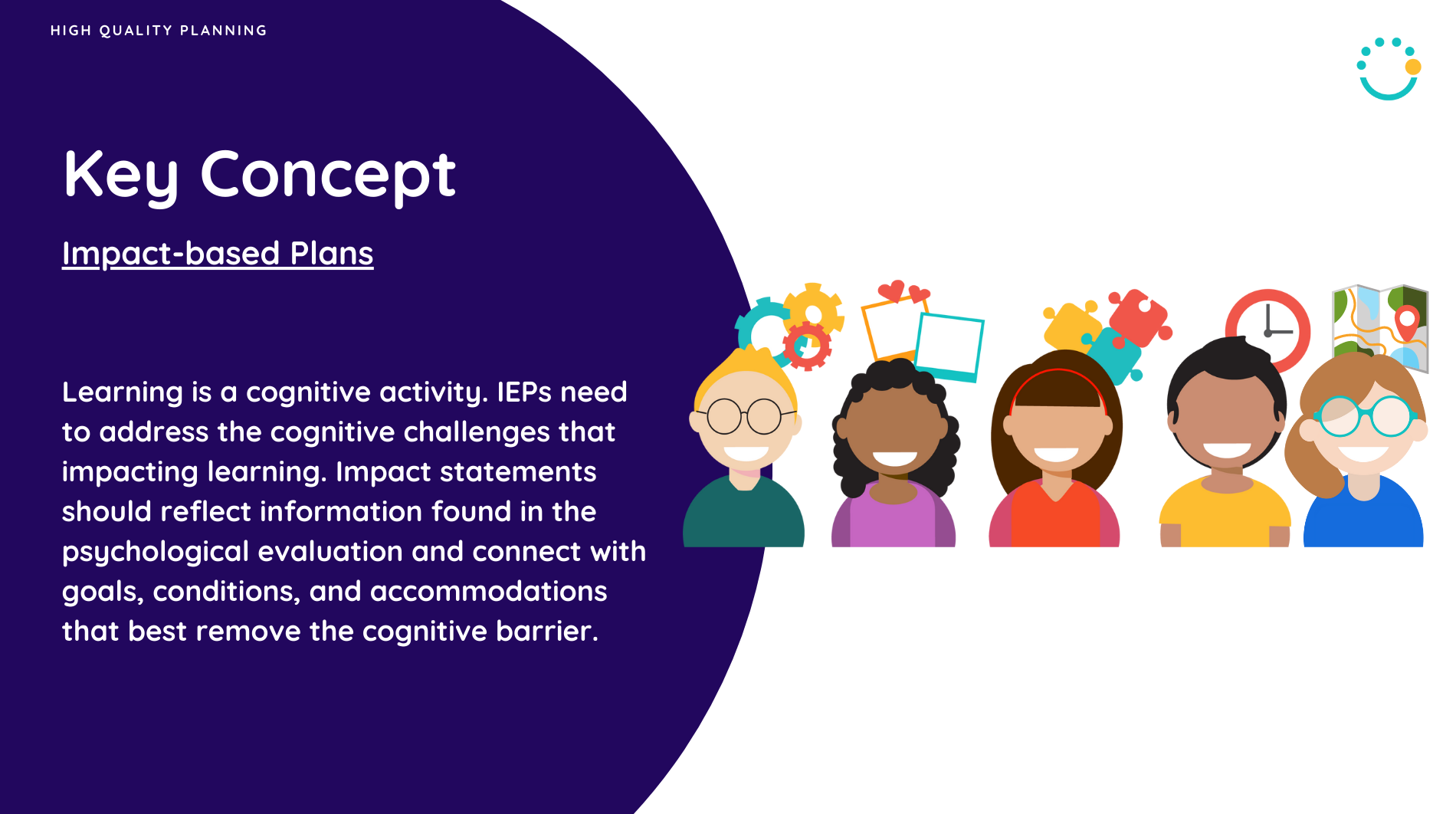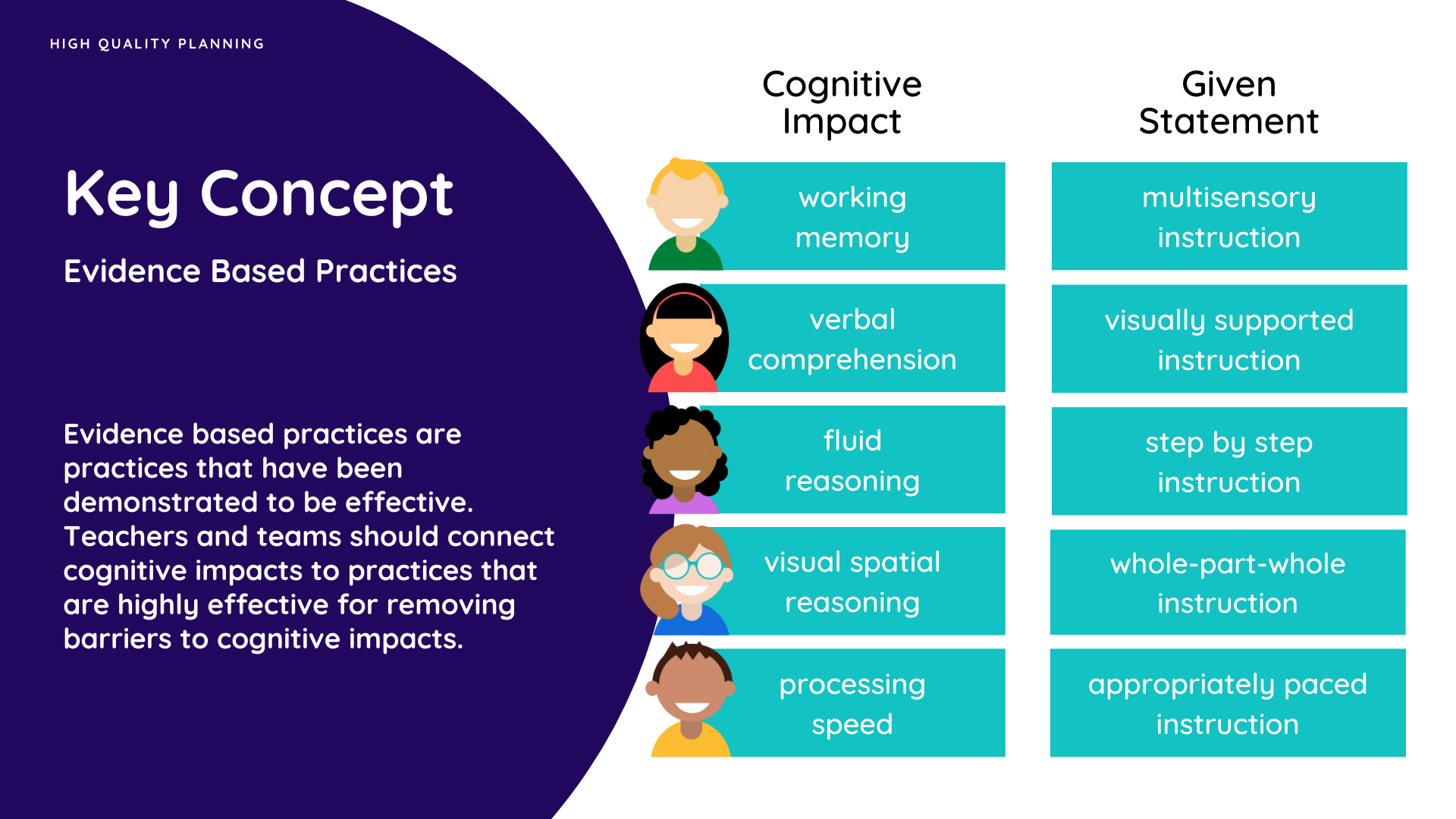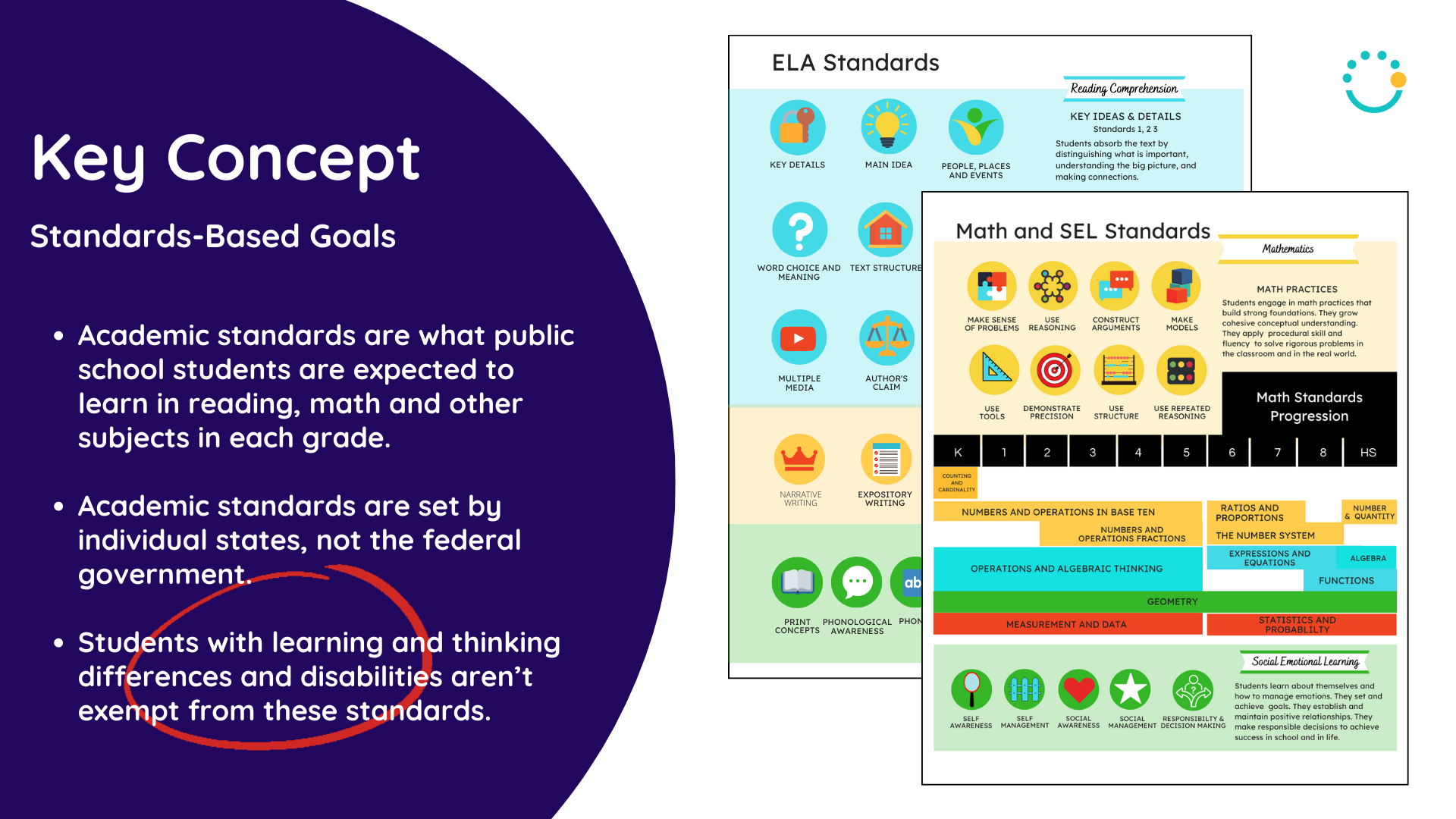Occasions for defining moments do not arise every day. When they do, we must seize the opportunities they present for improving everyone’s life. ~Richard Pound
The IEP process is complex. All IEP teams strive to create the best plan for every student with a disability. With so many components, it is difficult for teachers and administrators to know where to focus their attention. There are 3 defining moments during the life of an IEP that can improve outcomes for students. These moments are the plan, the practice, and the progress.
1st Defining Moment: Writing a High-Quality plan based on the Impact
The first defining moment of an IEP starts with discovering why a student is behind. For teams to write high-quality plans, they must know how to identify the impact of the disability. Most teams describe the why, or impacts as performance gaps. When teams do this, they miss the real why. The real why is about how students’ thinking is challenged. For example, do they struggle to remember things? Or do they misunderstand the meaning? Do they have difficulty thinking through tasks, or do they just need more time to process? The impact statement is the “why” of an IEP. It describes how a disability impacts grade-level learning.

2nd Defining Moment: Connecting the Impact to Evidence-based Strategies
Most teachers choose strategies based on what they prefer to do rather than what will work for students with different thinking challenges. It is important to connect the impact of the disability to an evidence-based strategy. When teachers match the strategy to the impact, they remove barriers to learning. Additionally, teachers can align instructional accommodations using Universal Design for Learning. The idea is to remove the barriers to learning so students end on a successful note each and every day.

3rd Defining Moment: Progress Monitoring a Standards-based Goal
The Individuals with Disabilities Education Act (IDEA, 2006) requires that IEP goals relate
to the student’s present level of academic achievement and functional performance and those students with disabilities be provided access to the general education curriculum with appropriate accommodations. IEP teams decide which state grade-level standard the student requires specially designed instruction in order to master it. A standard defines what students should know and be able to do at the end of a grade level. Equally important, standards-based goals are progress monitored on a regular basis to ensure the student is on track for a positive outcome.







